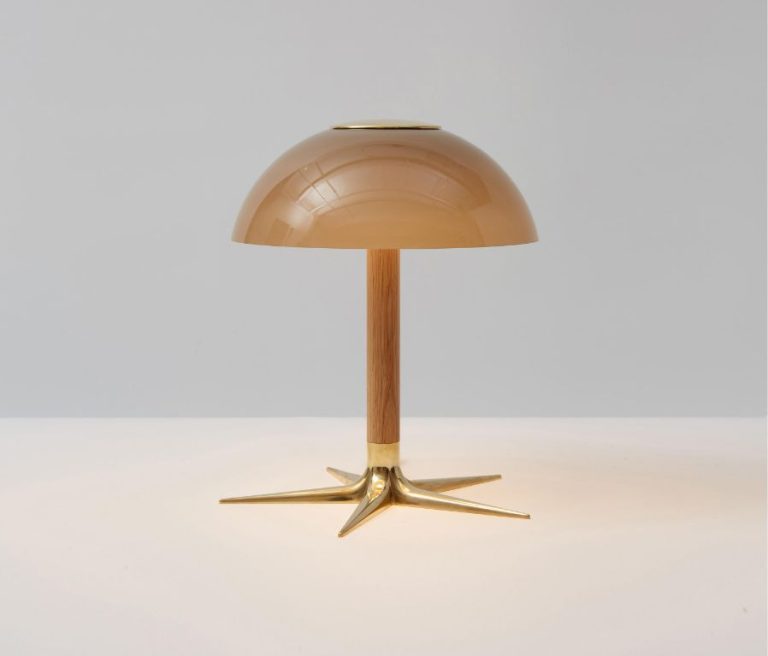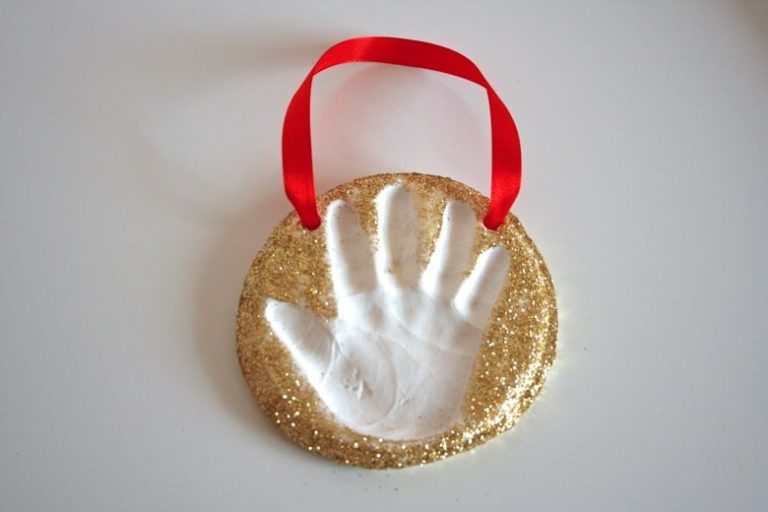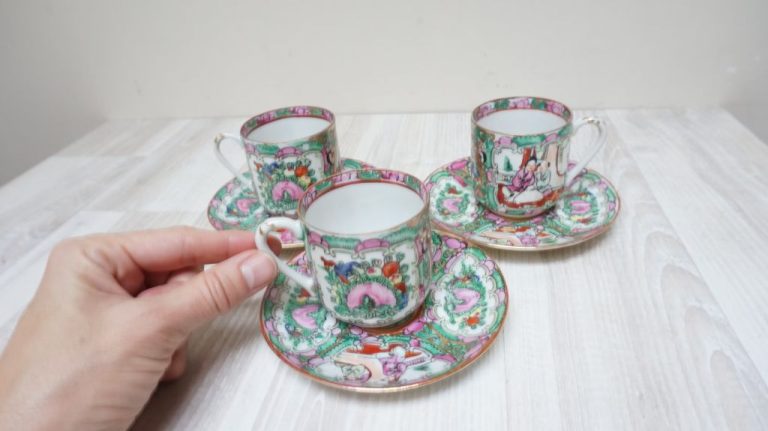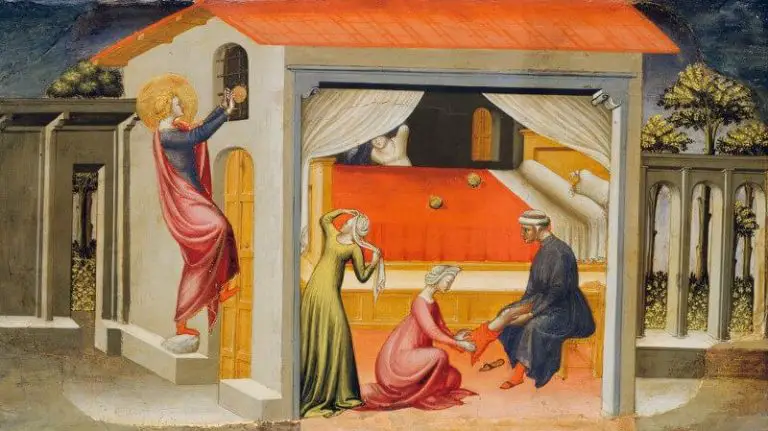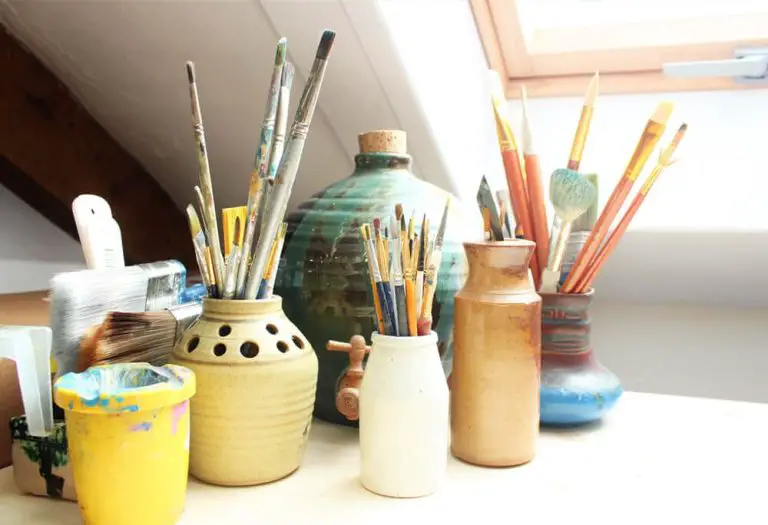Clay Crafts Galore: Exciting Projects For Young Artists
Clay crafts provide many benefits for young artists. Working with clay allows children to express their creativity, develop fine motor skills, improve hand-eye coordination, and gain self-confidence through creating their own unique pieces. Clay is an open-ended art material that fosters imagination and problem-solving as children sculpt, roll, pound, squeeze, and shape the clay into anything they can dream up.
There are several types of modeling clay that are suitable for children. Air-dry clay is one of the most popular choices. It starts out soft and pliable but hardens as it dries out over time. This allows projects to be worked on over multiple sessions before being set aside. Polymer clay bakes hard in a regular oven or toaster oven. Once cooled, it can be painted, sanded, and finished. Cold porcelain clay has a smooth, doughy texture similar to paper clay. It air-dries rock hard and is easy to paint. Play dough type clays remain soft indefinitely. While not permanent, these are great for open-ended sculpting and sensory play.
With adult supervision, even very young children can explore clay crafts safely. Preschoolers enjoy pounding, rolling, and squishing clay. Around ages 5-6, children develop the fine motor control for shaping clay into detailed creations. Older kids can make sophisticated projects like jewelry, holiday ornaments, magnets, and more. Clay sparks creativity across all age groups.
Sculpting
One of the most popular uses of clay is sculpting. Sculpting with clay allows kids to create amazing 3D works of art using different techniques like coiling, pinching, and slab building. Coiling involves rolling pieces of clay into long coil or snake shapes then stacking them to build height. Pinching uses the fingers and thumbs to pull, push, and pinch the clay into shapes. Slab building is done by rolling out a flat “slab” of clay as the base then adding pieces on top. Kids can make a world of creations with these sculpting techniques from animals and figurines to bowls and vases.
Some fun sculpting projects for kids include:
- Pinch pottery – using pinching to sculpt bowls, cups, and vases
- Clay animals and creatures – sculpting animals like snakes, turtles, and monsters
- Clay food – making clay versions of favorite foods like pizza, cookies, and ice cream
- Mini clay heads and faces – sculpting small heads, masks, or self portraits
- Coiled bowls and pots – using the coiling technique to build containers and pots
- Clay sculpture scenes – sculpting scenes with multiple figures and objects
With good quality clay and some basic instruction, sculpting opens up a world of creativity for young artists to build incredible 3D artworks.
[Source: https://www.howwemontessori.com/how-we-montessori/2022/01/clay-skills-techniques-to-teach-children.html]
Pottery
Pottery is a fun way for kids to explore their creativity and make functional pieces like bowls, mugs, and vases. Start with simple handbuilding techniques like pinch pots, coil pots, and slab pots to let young artists get familiar with working with clay (Pinterest, 2022).
Pinch pots are a great introductory project where kids can pinch and shape clay into a simple pot form. Coil building involves rolling ropes of clay into coils then stacking them to build up vessel shapes. For slab pots, roll out a flat slab of clay then cut shapes that can be assembled into boxes or curved into pot forms.
Make sure pieces are an even thickness and scrape and smooth surfaces for a neat finish. Let clay air dry completely before firing. Once bisque fired, pieces can be glazed and decorated. Brush on colorful glazes or use acrylic paints. Add patterns with stamps or impress shapes with everyday objects. Apply decals for images and designs. The possibilities for embellishing pottery creations are endless!
With the right clay tools and a little guidance on techniques, pottery projects allow young artists to craft mugs for their parents, bowls for their collections, and vases for fresh flowers. The pride in creating functional art is a real confidence booster (Pinterest, 2022).
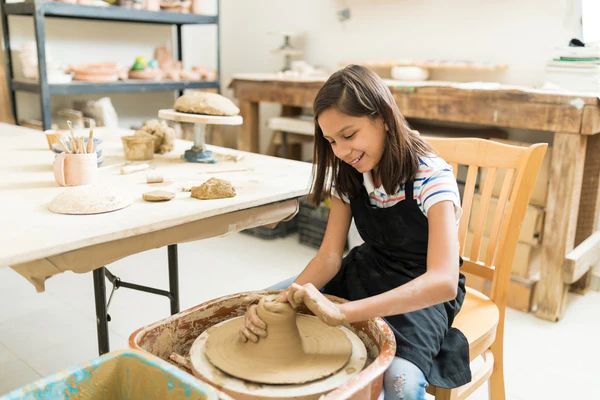
Jewelry
Making clay jewelry is one of the most popular projects for kids. With polymer clay, you can create colorful beads, pendants, earrings and more. It’s easy to shape the flexible clay into fun designs using cookie cutters, silicone molds or even by hand.
To make beads, roll small balls of clay and pierce them with a skewer before baking. For pendants, press the clay into a mold or use cookie cutters to cut out shapes. Add textures using rubber stamps, a toothbrush or other tools. Bake the pieces according to package directions.
For earrings, attach pierced or molded pieces to French ear wires or other findings after baking. To make dangle earrings, use jump rings to connect clay components to the top ring. Bracelets and necklaces can be created by stringing the baked clay beads onto elastic cord, chain or beading wire. Crimp beads help secure the ends. Adding clasps like lobster clasps or toggle clasps give a professional finish.
Let kids show off their creativity through clay jewelry! With a variety of colors, textures and shapes, they’ll love crafting their own wearable art. See this article for inspiration: https://www.pinterest.com/cshackley/my-kids-polymer-clay-jewelry/
Create Fun Magnets
Kids will have a blast sculpting clay into fun magnets to decorate refrigerators, lockers, and more. Clay is an incredibly versatile material that allows young artists to shape it into any design they can imagine. Making magnets out of clay is an easy project that provides hours of creative fun.
Start by choosing air-dry clay, polymer clay, or self-hardening clay. Roll out flat slabs about 1/4 inch thick. Then use cookie cutters, craft punches, or sculpting tools to cut custom shapes like stars, hearts, animals, initials, and anything else kids dream up. Bake polymer clay pieces according to package directions. Air dry clay and self-hardening clay will harden at room temperature over 1-3 days.
Paint the finished clay pieces with acrylic paints and let dry completely. Glue magnets onto the back of the clay shapes using craft glue or hot glue guns with adult supervision. Add fun embellishments like glitter, gems, feathers, or pipe cleaners. Kids can make themed magnet sets for different holidays and seasons too.
Clay magnets make wonderful homemade gifts for family and friends. Display them proudly on the refrigerator or magnetic boards in bedrooms and playrooms. Making clay magnets helps develop creativity and fine motor skills in young artists.
Prints and Stamps
Kids can get creative making their own stamps and prints using clay. It’s an easy way to add fun patterns and designs to clay projects. To make stamps, roll a small ball of clay and use cookie cutters, bottle caps, or other objects to cut out shapes. Let the clay stamps dry completely. Then press them into another piece of clay to leave an imprint.
Nature printing is another fun option. Collect leaves, flowers, seashells or other natural items. Press them gently into a slab of clay to pick up their shape and texture. Lift the item off carefully to reveal the print left behind. Kids can make repeating prints or arrange them into patterns on bowls, jewelry, magnets and more. Let the imagination run wild!
For more ideas, check out this video on easy nature prints in clay. There are so many possibilities for making beautiful and unique prints using simple clay stamping techniques.
Miniatures
Crafting tiny clay items like food, animals, and other objects is an enjoyable clay project for kids. Miniatures allow young artists to use their imagination to create small-scale versions of the world around them. This type of clay craft is excellent for developing fine motor skills as sculpting miniatures requires attention to detail and precision.
Polymer clay is commonly used for miniatures as it holds its shape well when baked. Air-dry clays can also work. To start, roll small balls or logs of clay to form the base shape. Use toothpicks, paper clips, craft sticks, and modeling tools to add details. Making food miniatures like tiny hamburgers, slices of pizza, or fruit is a classic choice. Kids will love crafting mini animals like dogs, turtles, or farm animals too. Tiny housewares like clay cups, bowls, and vases are another fun option.
Miniature clay crafts allow young artists to practice scale and expand their creative skills. The small size makes them easy to display together in a collection. Encourage kids to make numerous miniatures that can interact together in imaginative ways. For example, they could create a clay pet shop, grocery store, or an entire clay neighborhood. The possibilities are endless when crafting in miniature!
Seasonal
Clay is a fun, creative material that can be used to make customized ornaments, decorations, and gifts for any holiday or season. Kids will love crafting their own unique creations to celebrate events throughout the year.
Popular seasonal clay crafts include making holiday ornaments for Christmas, Chanukah, or Kwanzaa. Air-dry clay can be rolled, shaped, and decorated with paint, glitter, beads, and more to create personalized ornaments. For Christmas, kids might make clay gingerbread men, trees, snowflakes, stars, angels, and other shapes. Tiny clay dreidels or menorahs make great Chanukah keepsakes.
Clay is also a wonderful material for making spring crafts like flowers, birds, butterflies, and Easter eggs. During autumn, clay leaf magnets or pumpkins are festive. Summer sea shells, starfish, and suns can brighten up the season.
Beyond holidays, clay allows kids to make customized gifts for birthdays, Mother’s Day, Father’s Day, Graduation, or other occasions important to them. Handmade clay picture frames, plaques, jewelry, and more can feature handprints, initials, or special messages. The child’s unique, artistic touch makes these clay crafts memorable.
With just clay and some simple embellishments, children can let their creativity shine while making special mementos for any time of year. The personalized handmade gifts are sure to be treasured keepsakes.
Tips and Tricks
Clay Storage, Tools, and Safety
Make sure to store unused clay in an airtight container or resealable plastic bag. Exposure to air can dry out clay. Basic tools like popsicle sticks, paint brushes, cookie cutters, and rolling pins work great for sculpting. Be careful using sharp objects and supervise young kids. Remind children to wash hands after playing with clay to avoid spreading germs and staining furniture or clothes (https://kidsrelaxation.com/modeling-clay-ideas-for-kids/).
Troubleshooting Problems
If clay cracks while sculpting, add a drop of water and knead it together. Letting clay air dry for a few minutes before baking can prevent cracking in the oven. Under-baked clay will be sticky or soft, so bake a little longer. Over-baked clay may turn brown or burn. next time try a lower temperature or less time (https://www.momjunction.com/articles/clay-craft-for-kids_00384154/).
Cleaning and Reuse
To reuse clay, knead it together until smooth and store in an airtight container. Leftover bits of dried clay can be soaked in water overnight then kneaded back to a workable consistency. Don’t try to reuse clay after baking. To remove dried clay from surfaces, let it soak for 5 minutes then scrub gently. Avoid harsh cleaners that could damage the material underneath.
Conclusion
Clay crafts provide an exciting creative outlet for young artists to explore. From sculpting figures to making jewelry, working with clay allows kids to use their imagination to make unique works of art. The projects in this guide demonstrate the versatility of clay as an art medium.
We hope this guide has inspired young artists to get their hands dirty and try out clay crafts. With some clay, simple tools, and creative thinking, kids can mold, shape, and build amazing creations. The process of working with clay teaches valuable skills like fine motor control, spatial thinking, and problem-solving. Beyond the fun of sculpting, clay crafts help nurture self-expression, individuality, and confidence in young artists.
“Clay can be dirt in the wrong hands, but clay can be art in the right hands.” – BrainyQuote
The world of clay crafts holds endless possibilities. We encourage young artists to explore this versatile medium, learn new techniques, and most importantly, have fun making art!

